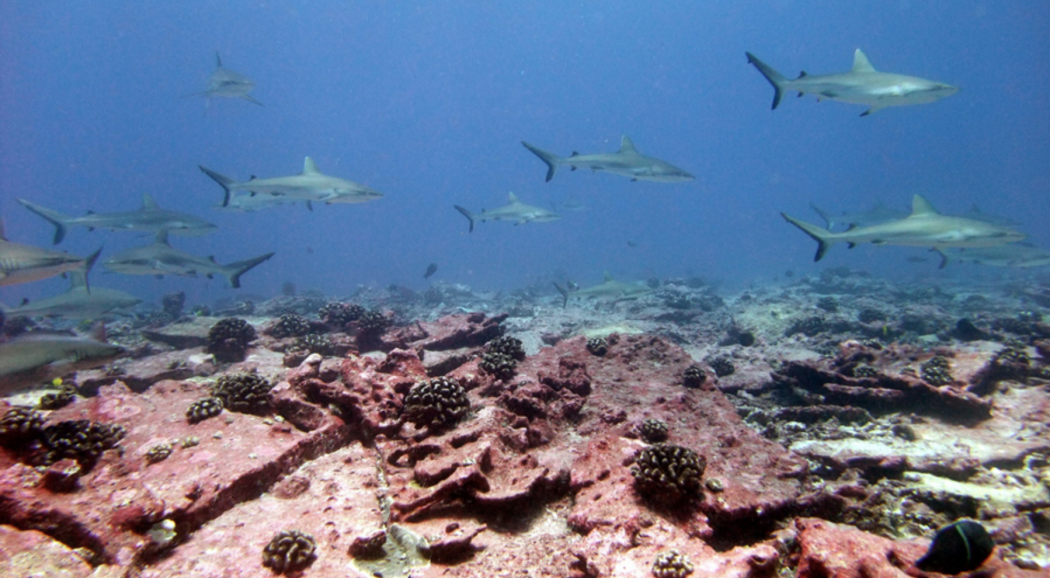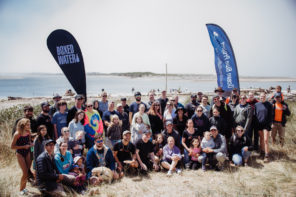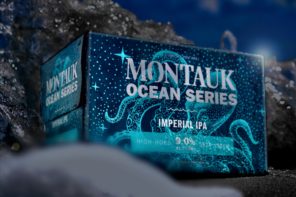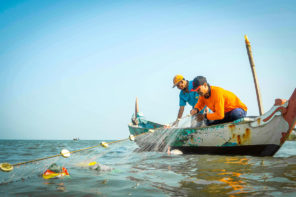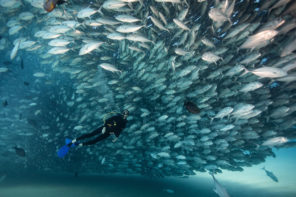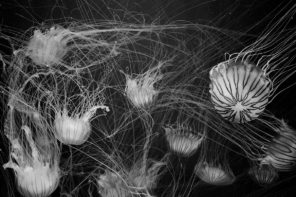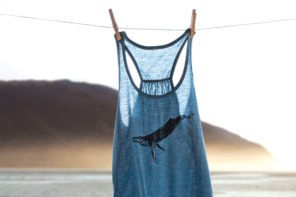Nature v. Nurture? More like Nature v. Sunscreen
Being lathered in chemicals. Not ideal.
Coral Reefs: the New York Cities, Londons, and Bangkoks of the world’s oceans. Constant bustle, heavy traffic, diverse residents. The only difference between these industrial cities to those submerged is their environment impact—and hot dog stands, there aren’t any hot dog stands underwater.
While on land, after eating that delicious street snack, you put on sunscreen to protect yourself, fighting melanoma and those harsh UV rays the summer sun projects. You go, Glen Coco.
Only problem is, as a result, the coral reef you put on your goggles and breath through a tube to see is undergoing a slow, painful death. And here’s why.
Sunscreen easily washes off when swimming and showering, placing all of the chemicals and ingredients of the average lotion directly into the marine ecosystem. Exactly where they don’t belong.
When these chemicals get into the ocean, paired with climate change and rising water temperatures, it’s no bueno. And so widespread it even has a name: coral bleaching. When these things combined affect corals, their resident algae, zooxanthellae, cannot properly photosynthesize, therefore resulting in corals starving to death. No one likes to be hungry, not us, not you, not coral.
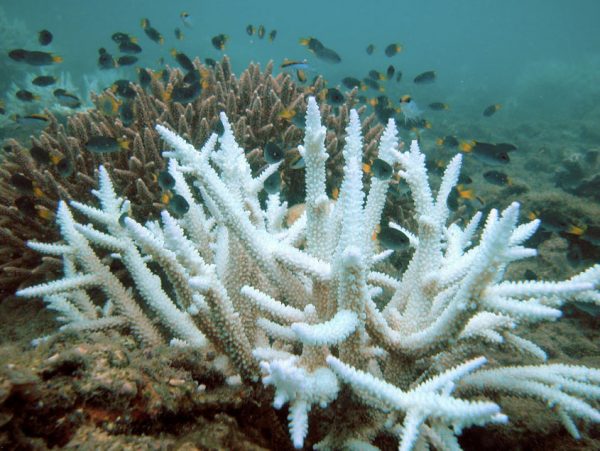
Thus, the starvation travels up the food chain, throwing off the natural balance of the ecosystem, consequently affecting all species involved. More than 75% of the world’s reefs have suffered coral bleaching in just three years, including the most famous of them all, The Great Barrier Reef. According to NASA’s Earth-Orbiting satellite system and their study of the oceans, in only one year, 30% of the world’s reefs were lost to coral bleaching.
The chemicals contained in sunscreen, oxybenzone and octinoxate, are added to filter the ultraviolet light the sun emits. These chemicals trigger viral infections in the coral’s algae, causing them to recede, leaving the skeleton of the coral. Bleached reefs become eerie ghost colonies that leave you feeling sad and empty, well, because they are sad and empty, like Las Vegas in the new Blade Runner with Ryan Gosling. Without life in coral reefs, the topographic complexity and chance of ecosystem survival sink to the depths of the abyss. Entire ecosystems are dependent on reefs—without them, we lose all of those species that once inhabited these underwater urbs.
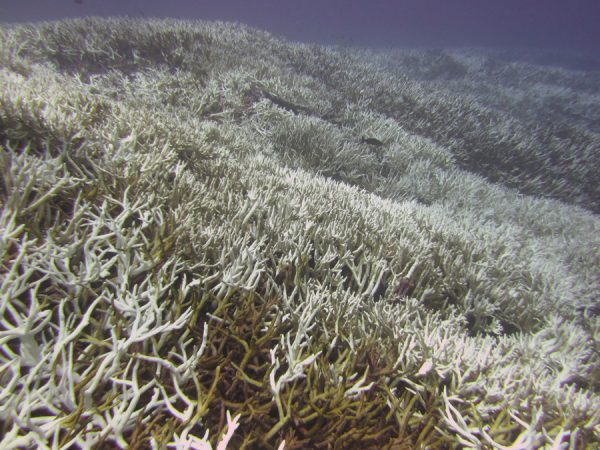
Bleached Reef
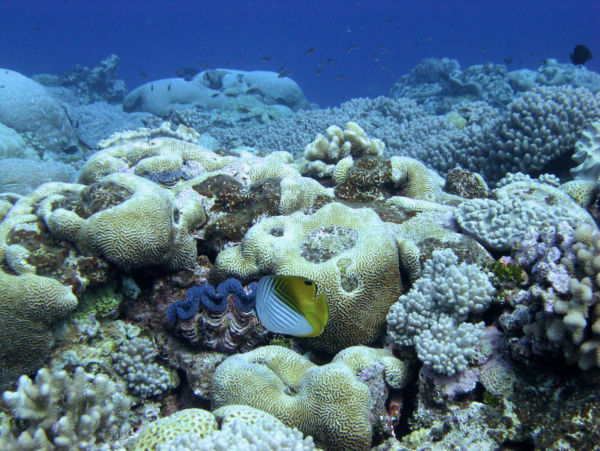
Healthy Reef
All the sunscreens we grew up lathering all over one another, including, but far from limited to; Coppertone, Banana Boat, and Hawaiian Tropic, are guilty culprits of containing these environmentally unfriendly chemicals. The full list contains almost ten times as many well known brands. Avoiding these sunscreens on your beach days will benefit marine life across the globe, and come on, who wouldn’t want to make a worldy difference?
Don’t worry, this doesn’t mean boycott sunscreen and fry like an egg on asphalt in the god-forsaken Florida summer, it just means making a purchase that will in turn make a difference.
Lucky for you, this has become quite easy. Researchers and scientists have developed products with natural, harmless ingredients, specifically ‘non-nano’ zinc oxide and titanium dioxide, that are reef safe and skin safe. We want healthy coral, healthy oceans, and healthy skin, so why settle for anything less.
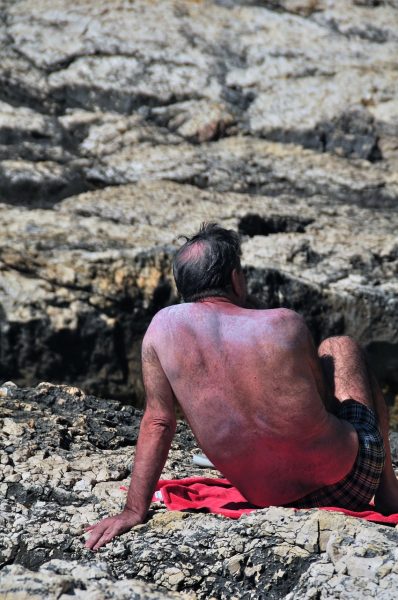
The environmental movement against climate change has ignited across the globe. From plastic straw and grocery bag bans to the emphasis of products being cruelty-free and vegan, eco-friendly options are readily available for the average consumer. Stainless steel straws, bamboo toothbrushes, reusable water bottles, and reef-safe sun protection. Just to name a few.
There are a number of reef safe sunscreens out on the market, to benefit the health of our oceans, reefs, and skin. Checking the active ingredients in a sunscreen is vital, considering that “reef safe” is a term yet to be regulated. Avoid products with ingredients included on the Haereticus Environmental Laboratory list of harmful chemicals.
Reef-Safe sunscreens are emerging as are government bans on harmful lotions, beginning with state law in Hawaii. The Pacific Island has created a list of suggested sunblocks that are reef safe, including specific brands native to the state.
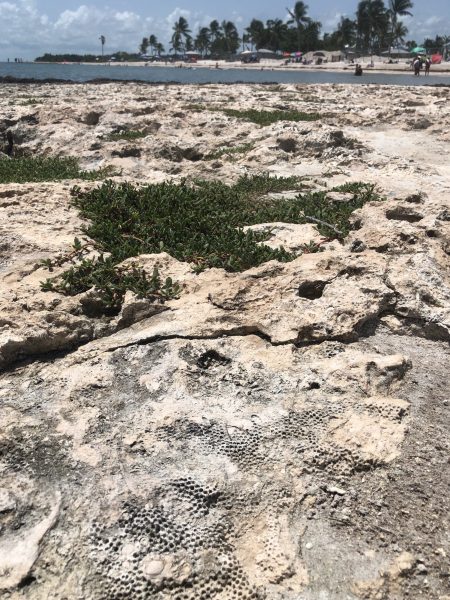
Some ocean-safe options to choose from:
Reef Safe Sun
BUY $10.00
Based out of Daytona Beach, FL, Reef Safe Sun is environmentally sustainable, made with raw materials from veggies and plants and completely biodegradable and nontoxic to sea life.
Raw Elements
BUY $18.99
Created by an Ocean Rescue Lifeguard, with the goal to find an alternative to the harmful chemicals. Now that’s the type of guy you take home to mom. Safe for reefs, ocean life, and humans of all ages.
Badger Mineral Sunscreen
BUY $18.99
All products are made with love, to ensure quality and care, a goal refreshingly not based solely around pocketing peoples’ money. It’s all natural, emphasizing the importance of nature’s healing power.
All Good Sunscreens
BUY $15.99
Founded by waterwoman Caroline Duell, this is the type of lady you bring home to mom. Gentlemen take notes. She created a multitude of reef safe products and encourages reef-safe habits through her Reef Friendly Pledge to further the efforts of making a difference. Sign the pledge, buy a tube. A good deed and protected skin. Not too shabby.
Avasol Sunscreens
BUY $19.95
Avasol translates to ‘Respect the Sun’ in Somoan, but the product respects far more than just the fiery ball in the center of our solar system. Biodegradable with raw and natural products, this sunscreen is environmentally safe with minimal waste. Refillable, reusable, reef-safe.
Even more reef-safe sunscreens
Buying things isn’t hard. Especially online. Hover, click, click, type in credit card number or just click autosaved card option, click, click, receive package, open package, utilize contents. Alas, buying reef-safe things isn’t hard. Same process, better outcome. Win-win.

